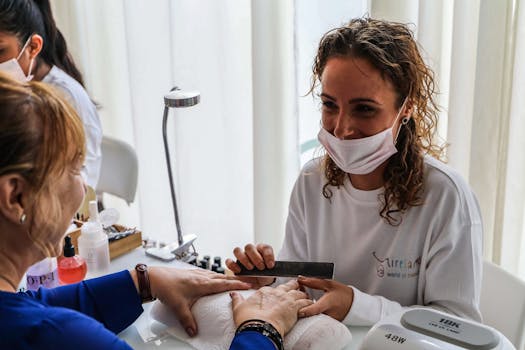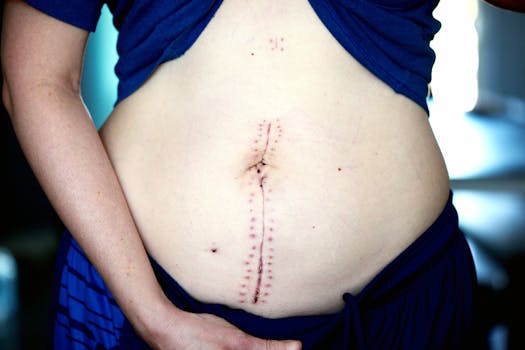Many patients researching body contouring ask, is air sculpting safe and what should I expect from recovery and results? AirSculpt (often written as AirSculpt or AirScupt depending on marketing) is a brand of minimally invasive liposuction that promises shorter downtime and targeted fat removal. This article lays out how the air sculpting procedure works, the potential benefits and drawbacks, and real considerations about safety and outcomes so you can make an informed choice.
Is AirSculpting Safe? Understanding the Safety Profile
When evaluating safety, it’s important to separate marketing from clinical reality. The core technique borrows from established fat-removal methods: using small cannulas, local or tumescent anesthesia, and a powered mechanism to dislodge and extract fat. Questions like does airsculpt really work and is airsculpt legit are common because results and safety vary with the surgeon’s skill, patient factors, and adherence to post-op care.
How does airsculpt work and how is airsculpt done?
The air sculpting procedure involves numbing the treatment area (often with tumescent solution), inserting a thin wand, and using a mechanical or suction-assisted device to separate fat cells before aspiration. This differs from traditional liposuction mainly in the instrumentation and claims about gentler tissue handling. Many providers assert reduced bruising and quicker recovery, but outcomes depend on technique and the individual’s anatomy.
Benefits, Risks, and Common Side Effects
Potential advantages promoted by clinics include less downtime, smaller incisions, and precise contouring. However, there are known concerns—airsculpt risks and airsculpt side effects are similar to other liposuction techniques.
- Benefits: targeted fat removal, potential for quicker return to normal activities, and refined contouring in experienced hands.
- Common side effects: swelling, bruising, temporary numbness, and contour irregularities.
- Risks and dangers of air sculpting: infection, bleeding, uneven or asymmetrical results, seroma (fluid collections), and very rarely more serious complications like fat embolism.
Does airsculpt really work for long-term fat reduction?
Yes—removing fat cells reduces volume in treated areas, so results can be long-lasting if you maintain weight. However, remaining fat cells can expand with weight gain, and unrealistic expectations can lead to dissatisfaction. Comparing techniques—such as trisculpt vs airsculpt—comes down to device, surgeon experience, and whether the approach targets the specific contour issues you have.
How to Reduce Complications and Improve Results
Choosing a qualified, board-certified plastic surgeon or experienced cosmetic specialist is the most important step. Ask about their specific experience with the device, complication rates, and see before-and-after photos from real patients. Pre-op evaluation should include medical history, discussion of ideal candidates, and clear recovery expectations.
Postoperative care is vital: follow compression garment guidance, avoid strenuous activity as instructed, and keep follow-up appointments. Skin quality and elasticity affect final appearance; consider coordinating skincare and wound care. For guidance on gentle, sustainable skin-recovery practices you can pair with body procedures, consult resources about eco-friendly skincare: sustainable products and practices for healthy skin, which can help support healing while minimizing irritants.
When to Avoid or Delay the Procedure
Patients with certain medical conditions, poor wound-healing capacity, unrealistic expectations, or unstable weight should reconsider or postpone body contouring. Ask the provider how they manage common problems like contour irregularities and what revision policies exist.
Evidence and Expert Guidance
High-quality evidence comparing branded procedures is limited, and much of what is available comes from non-randomized case series by providers. For general principles on surgical safety and minimizing adverse events, consult authoritative guidance such as the World Health Organization’s resources on surgical safety practices: WHO surgical safety checklist and implementation guidance. These recommendations focus on safe operating conditions, infection prevention, and perioperative care that apply across surgical specialties.
Quick Takeaways
- is air sculpting safe can be true for many patients, but safety depends on provider skill, patient selection, and adherence to aftercare.
- Understand the airsculpt risks and airsculpt side effects before consenting; ask for complication statistics and real patient outcomes.
- Compare techniques (trisculpt vs airsculpt) by focusing on evidence, surgeon experience, and whether the approach fits your goals.
FAQ
Q: How long is recovery after an air sculpting procedure?
A: Recovery varies, but many people return to light activity within a few days and resume exercise in 2–4 weeks, depending on the treated area and your surgeon’s advice.
Q: Are the results permanent and will fat come back?
A: Fat cells removed do not regenerate, so treated areas can show lasting improvement. However, weight gain can enlarge remaining fat cells and change contours; maintaining a stable weight helps preserve results.
Q: Is airsculpt legit for all body areas?
A: While clinics promote its versatility, not every area or patient is a good candidate. Discuss alternatives and whether combined procedures or skin-tightening strategies are recommended for your anatomy.






